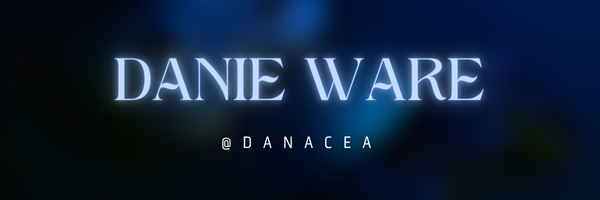Inspiration Part Two: Mood Boards
In celebration of imagery
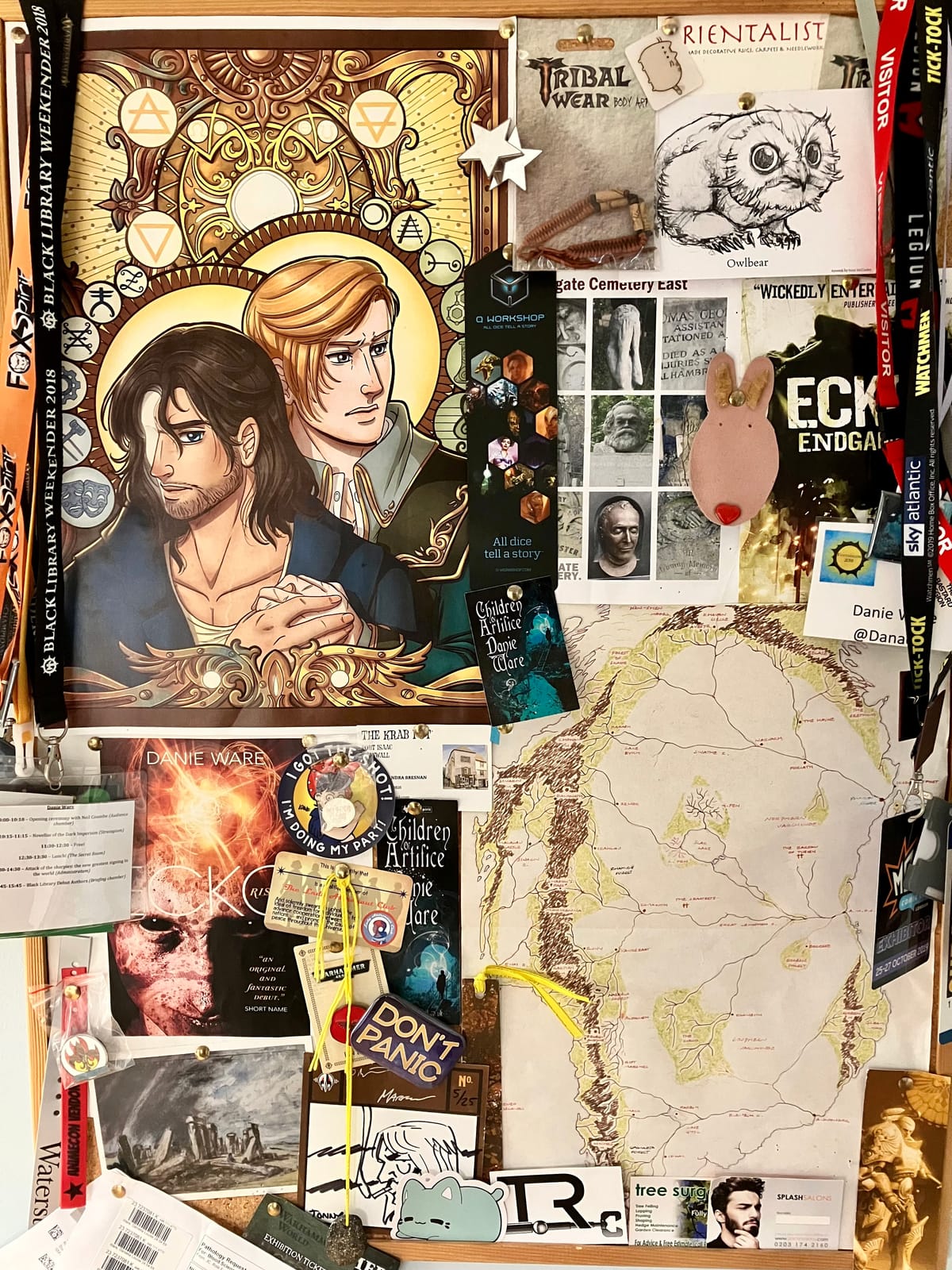
Above my writing desk is a collage of images, several in fact. These images shift and change depending on the current project, but they’re always variations on a theme: maps, pictures of characters, settings and inspirations, mementoes, all the good stuff. In my early twenties, the walls of my rented room were covered in the same. I used to call them ‘crazy paving’.
These days, such things are called a ‘mood board’.
Mood boards are usually used by designers. Much like my old walls, they’re a montage of images, videos, fonts and colours (didn’t have videos on the walls, but you know what I mean). They’re a way to collect different ideas and creative information before you start your project. They can be collaborative, or they can be your own, but any designer will use them to focus and communicate a visual concept and style. Canva has some great tools to craft mood boards.
For a writer, mood boards can be equally invaluable – they’re a great way to bring your world-building to life. And here, I sing the praises of a slightly older site, namely Pinterest.
Like my ‘crazy paving’ walls, Pinterest is the perfect place for finding characters, costumes, scenes, settings, buildings and maps, flags and icons, powerful backdrops for critical conversations, every kind of local colour and culture. It’s a thousand, thousand ideas and concepts, a fantastic source for characters’ quirks and expressions, how they dress, their mannerisms and likes and needs, and to understand how they’d grow and change. As naming your NPC (or character) can give that character a personality (see Inspiration Part One: In Praise of the TTRPG), so the right imagery can colour and lift that personality, fleshing them out still further.
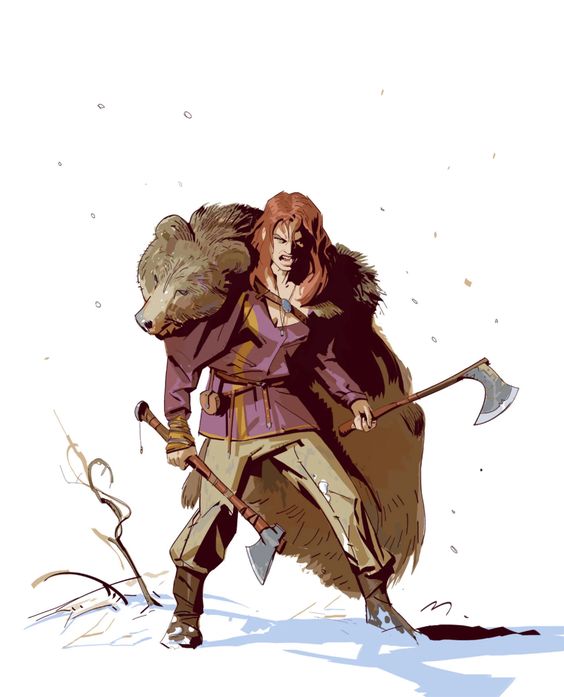
And thanks to the inevitable algorithms, once you start you’ll rapidly vanish down the rabbit-hole of cool shit.
We’re world-builders, all of us, and the right images bring us those tiny details that make a scene real. ‘Don’t talk about the bomb crater’ as the old saying goes. ‘Talk about the lost shoe, or the child’s burned and forgotten doll’.
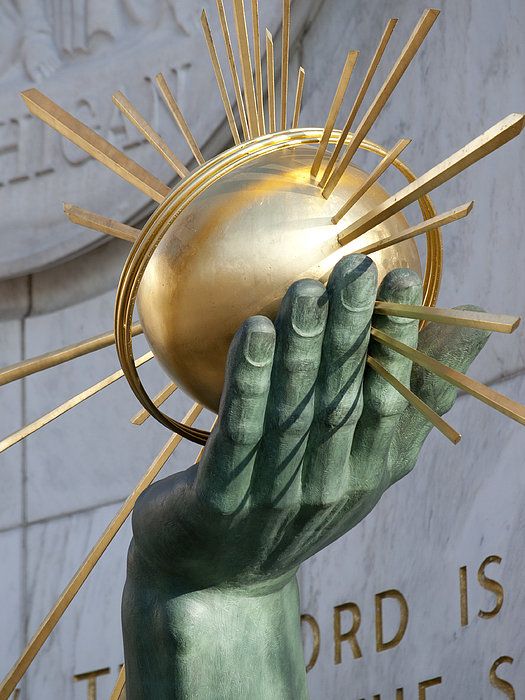
As a designer explores their visual concept, bringing it to life in their mind, so we do the same with our narratives, and with how they grow and change.
Pinterest also a good place for discovering writing theory. You can find short story prompts, and pins on aesthetic and structure. More ‘rules of style’ infographics that you can shake your Sharpie at (be wary of these, it’s good to know the rules, but it’s equally good to know when to break them). And if you’d like a whole truckload of images as to how structure your novel-plot, it has as many of those as you’ll ever need – you just have to find the one that works for you.
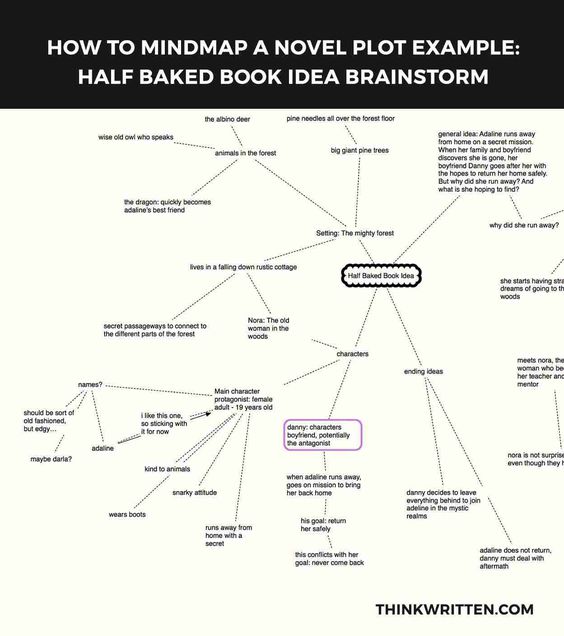
Above all, use it to dream. After all, that’s where we all started with this writing lark.
Reading: SF Said’s Tyger, which is Waterstones’ Children’s Book of the Month and gorgeous. Can highly recommend his Varjak Paw novels, as well (Dave McKean drew in mine, and am very proud of them!)
Watching: Red Dwarf and loving it, pure nostalgia. Had forgotten Chris Barrie’s flawless comedy timing, Norman Lovett’s glorious deadpan, Craig Charles managing to be both so gross and so loveable, and the way Danny John-Jules can move. Aaaaoooow!
Playing: Baldur’s Gate is beating me, I can’t get to grips with it at all (is making me quite sad). It’s also teaching me that I’m very OCD completist about computer games, as I’m getting genuinely unsettled by my story being governed by dice rolls and dialogue prompts. I keep knowing that I’m missing possibilities, and getting stressed.
And yes, I know that’s exactly how a tabletop game works, but it doesn’t bother me when I’m sitting round the, y’know, table. Go figure.
